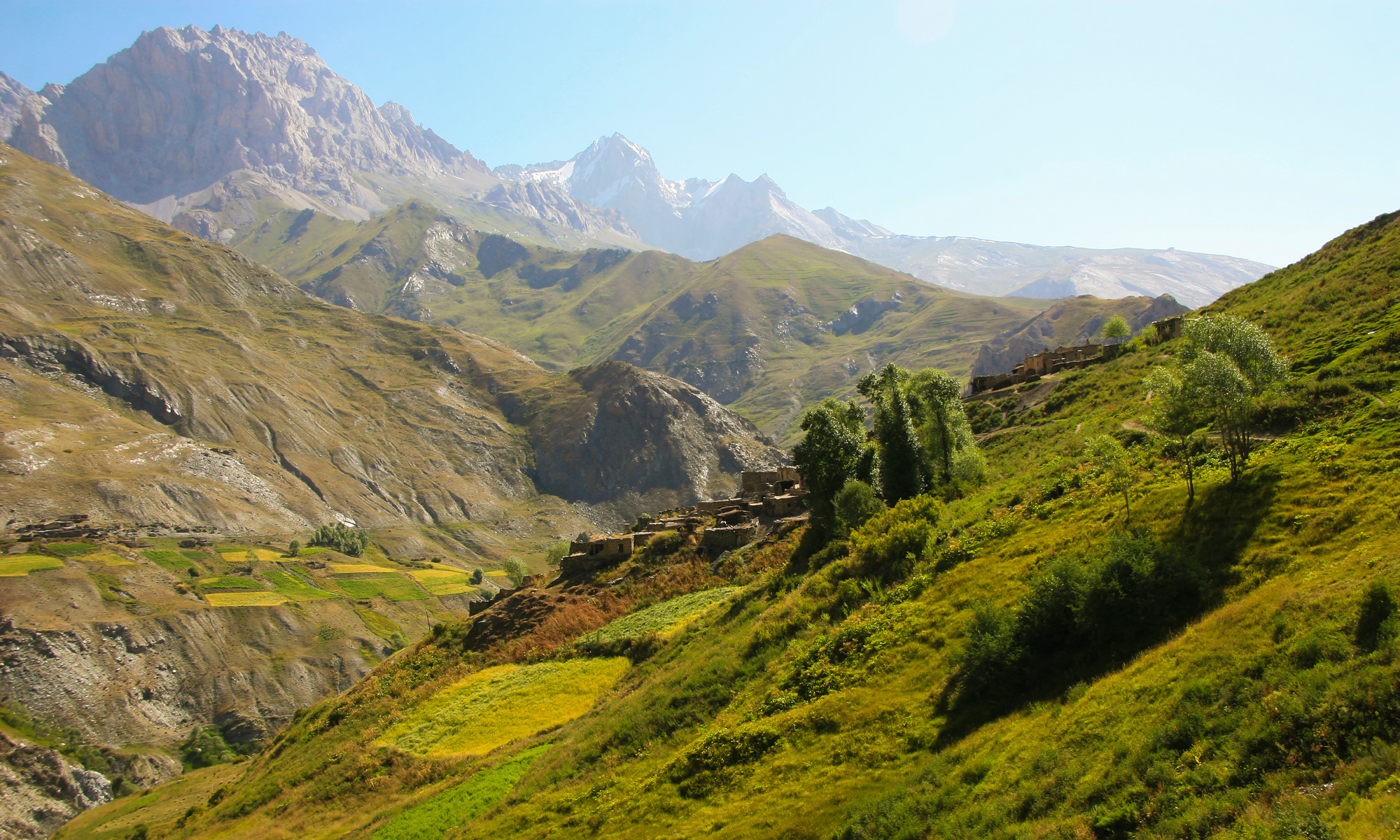Among the Yaghnobi folktales recorded, some stand complete. Others trail off. A few carry a simple explanation: “This is all I remember.” Or, “They used to tell this story, but I cannot recall the end.” These moments are telling. They show how oral culture both preserves and erodes—and how silence can say just as much as speech.
Such fragments are more than gaps. They are markers of cultural trauma: exile, displacement, the rupture of intergenerational transmission. When Soviet authorities forced the resettlement of Yaghnobi families from their highland villages to the plains in the 1970s, entire ways of speaking were disrupted. Elders who once told stories beside the fire now found themselves in unfamiliar towns, speaking Tajik or Russian. Children born far from the mountains didn’t grow up hearing the same cadences. In this shift, many tales weren’t passed down—they were left behind.
The shape of loss is not always obvious. Sometimes it appears in grammar—a shift from one verb form to another, a phrase that no longer makes sense outside its original context. Sometimes it appears in the telling—a hesitant narrator, a pause that lingers too long, a detail that seems borrowed from another place.
But there’s also something quietly powerful in these broken stories. They show us how memory works when it is no longer whole. They teach us that tradition isn’t only what’s preserved, but also what’s mourned. In one case, an elder recalls a humorous tale but forgets the punchline. The laughter, once communal, now rests only in the setup. In another, a story about a spirit in the hills is only recalled as a warning not to walk past a certain tree at dusk—no more detail than that, but enough to know there was once a full tale behind it.
These fragments still carry weight. They are not meaningless leftovers. They are pieces of a larger memory, held in place by rhythm, tone, and repetition. In a way, they act like ruins—half-standing structures that let us imagine what used to be, and what could still return if given voice.
There is also comfort in the fact that some fragments survive at all. That someone still remembers the opening line, the name of the hero, the first words of a chant. That someone, decades later, still says: “My grandmother told this, but I cannot finish it.” That sentence, in itself, is an act of cultural continuity.
Preserving these partial stories is as important as collecting the complete ones. They remind us that language loss isn’t always a sharp break. Often, it’s slow and uneven—a fading, a silence where words once lived. But even silence has shape. Even what’s forgotten can still point toward memory.
In documenting Yaghnobi oral tradition, the unfinished stories must be seen not as failures, but as living evidence of survival. They carry both the shadow of what’s gone and the outline of what can still be recovered.
